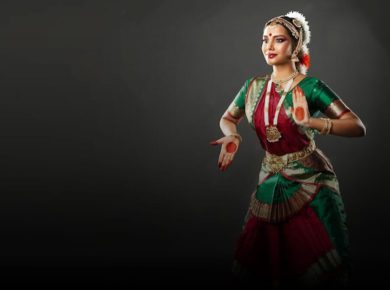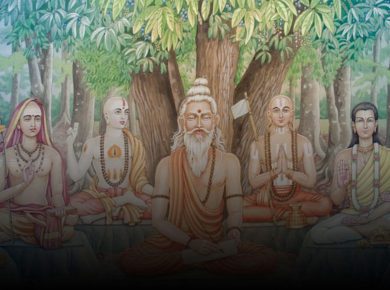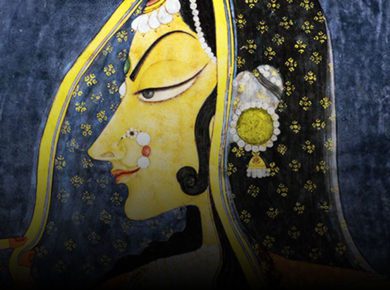Colonial Architecture – Modern India
Portuguese established impressive churches in Iberian style of architecture for ex. churches of Goa. Francis Church at Cochin (1510) is believed to be the first church built by the Europeans in India. Portuguese used bricks as the main building material along with wooden roofs & stairs.
British followed various architectural styles viz. Gothic, Imperial, Christian, Palladian and Victorian being prominent. Britishers used Red sandstone & coarse limestone as the main building material.
- Constantia, a building erected by General Martin (British) at Lucknow, is the best specimen of Palladian Style in India
- Wittet designed the Gateway of India in Mumbai, borrowing several elements of Mughal style
- Sardar Ram Singh, a master builder of Punjab, designed the Central Museum and the Senate House at Lahore (in Pakistan)
Victoria Terminus Station (Chhatrapati Shivaji station), Mumbai
- Designed by the British architect F. W. Stevens, the structure became the symbol of Bombay
- Based on late medieval Italian models, the terminal was built over 10 years, starting in 1878
- An outstanding example of Victorian Gothic revival architecture in India
- Blended with themes deriving from Indian traditional architecture
- Bombay city was labelled as the ‘Gothic City’.
Victoria Memorial Hall (Kolkata)
- Designed by William Emerson in late 19th century
- To perpetuate the memory of Queen Victoria in India
- Drew elements from the indigenous & Indo-Islamic architecture combined with the Gothic revival & Neo-Classical styles
Revival of Delhi
- 1911 [arr] Transfer of capital from Calcutta (now Kolkata) to Delhi
- Sir Edward Lutyens was made responsible for the overall plan of Delhi
- He constructed India Gate and Rashtrapati Bhawan (Vice Regal Place)
- Vice regal palace appeared with a huge dome on the lines of a Buddhist stupa,
- Represent some elements of Hindu ornamentation & Islamic symmetry
- Herbert Baker added South Block and North Block, which flank the Rashtrapati Bhawan.
- Englishman Robert Tor Tussell built the Connaught Place.
Some Famous Architects of Modern India
Laurie Baker
- Was called as the architect of the poor and the conscience keeper of India.
- He merged the buildings with the environment and utilized locally available materials.
- To reduce the consumption of steel and cement, he introduced filler slab construction.
- While designing he gave more importance to ventilation & thermal comfort.
- Revolutionized mass housing in Kerala.
Karl Heinz
- He was a German Architect and was commissioned with instructions to stay clear of elements of British or Mughal Architecture
- Heinz used local materials like red sand stone and lime which were easily available.
- Prominent Feature [arr] Red sandstone buildings with white domes, with big courtyards and windows
- Architecture by him is known as modern style of architecture as it resembles today’s style buildings
Le-Corbusier
- He was a French Architect
- He designed the city of Chandigarh on the pattern of well-ordered matrix
- He conceived the Idea of sector as self-sufficient green belt
- Designed regular grid system for fast moving traffic
Charles-Correa
- He was a Goan Architect & played pivotal role past independence.
- He placed special emphasis on prevailing resources, energy and climate as major determinants in the ordering of space.
- He did pioneer work in urban issues and low-cost shelter in the third world.
- Example: Planning of Navi Mumbai, Kanchenjunga apartment, Mumbai, British Council building, New Delhi, etc.















